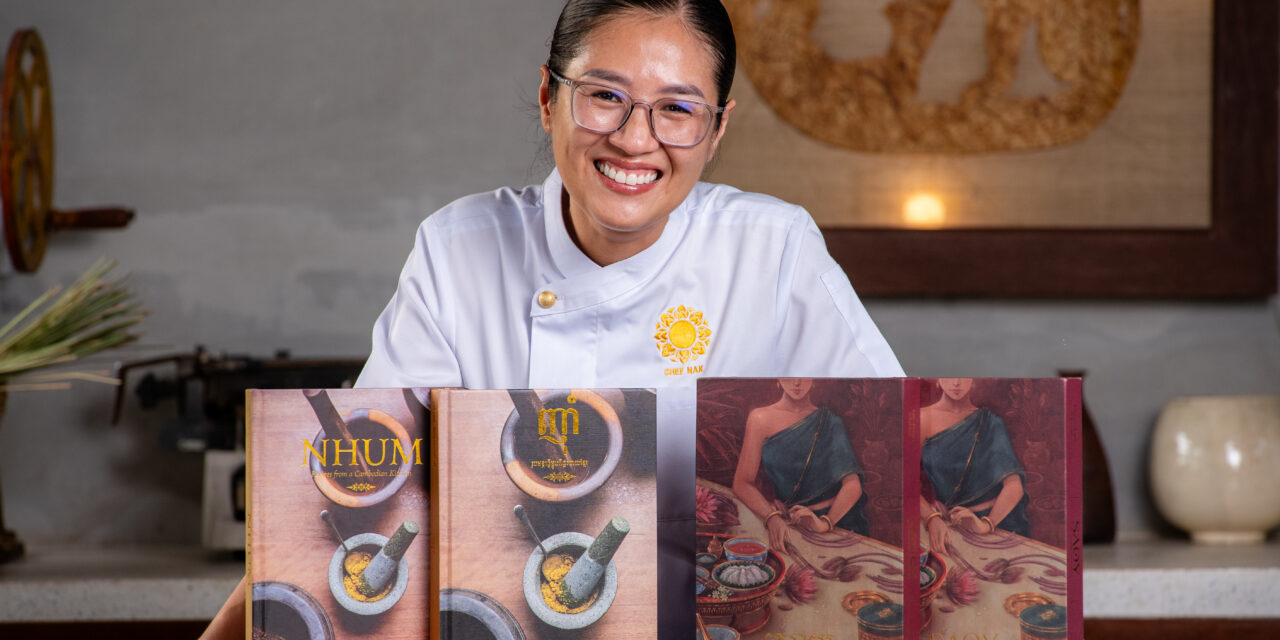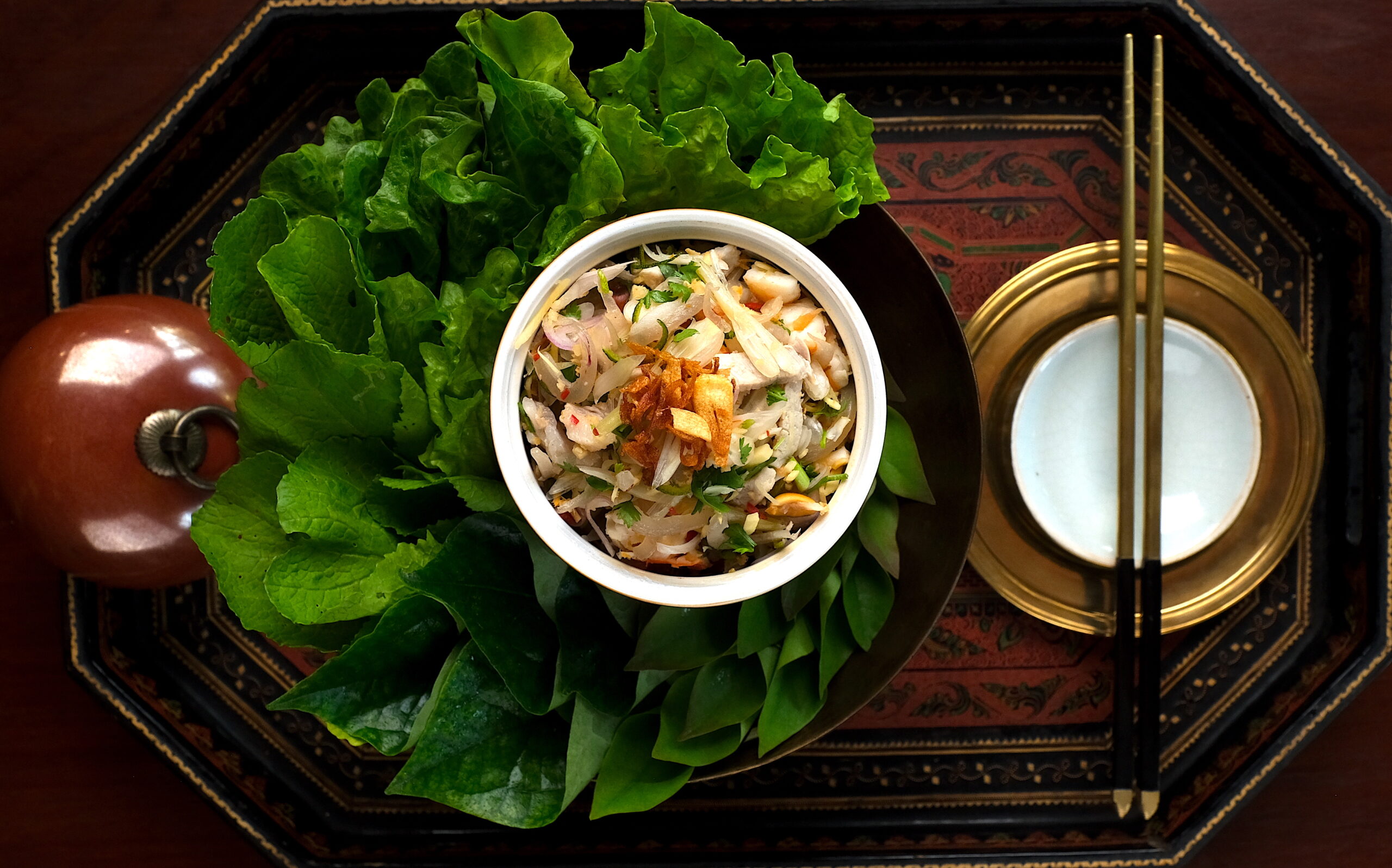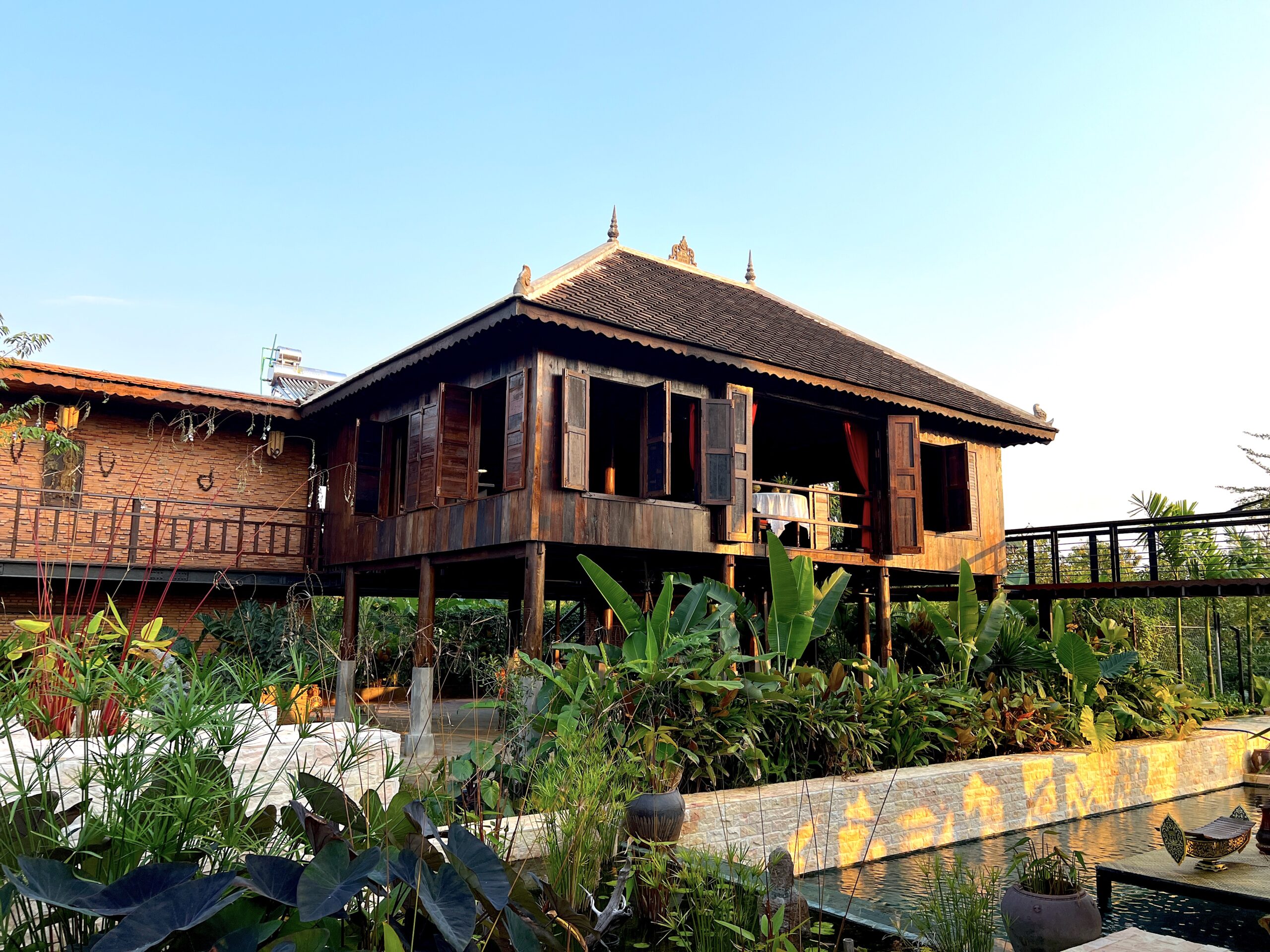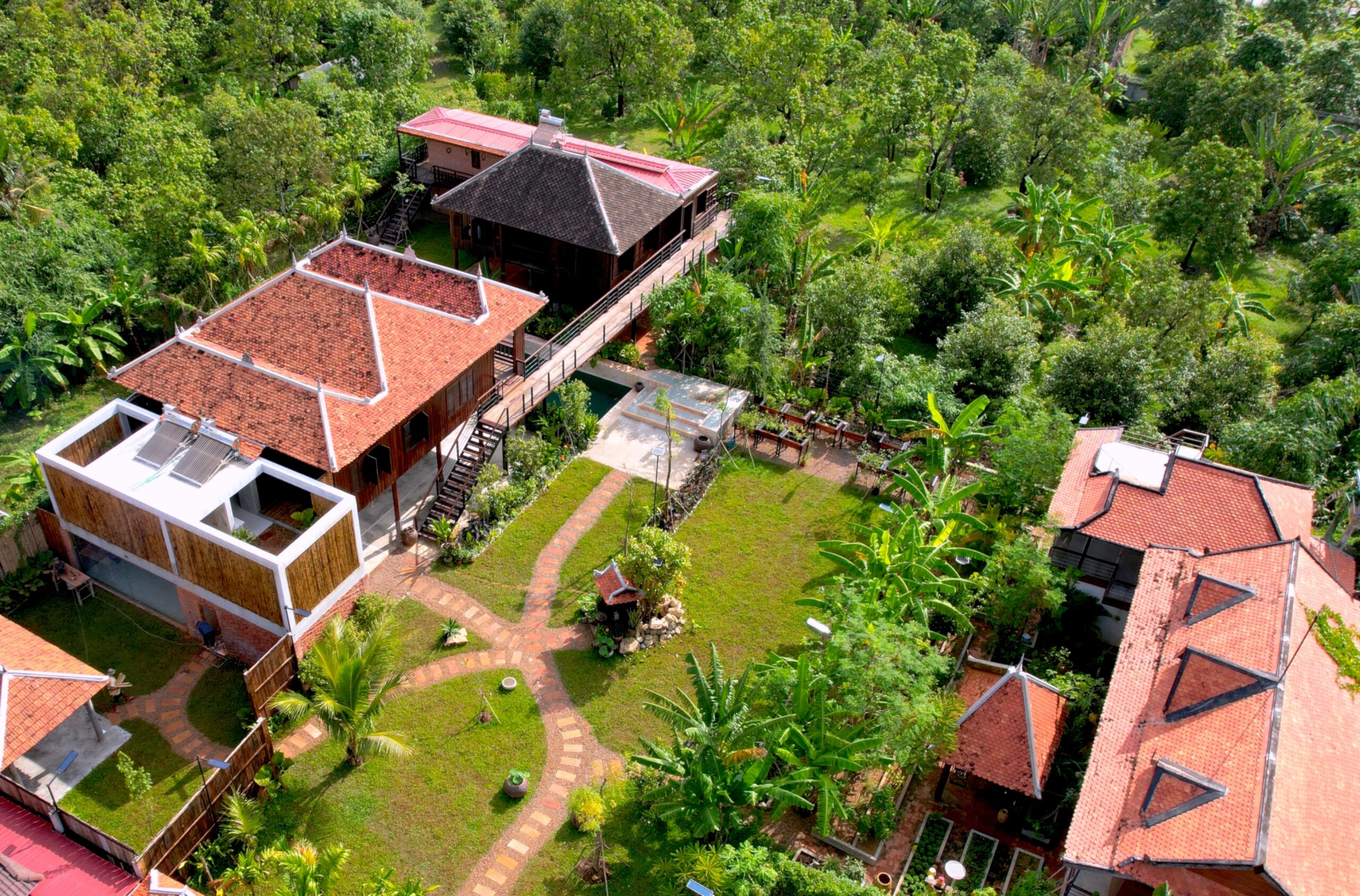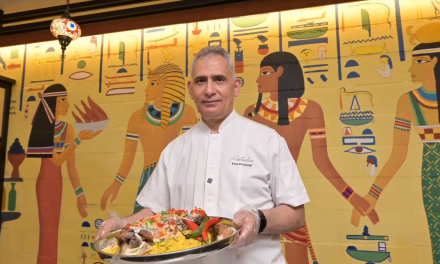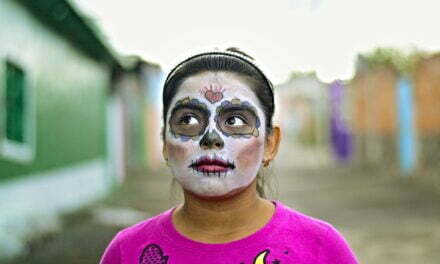Nestled off a small, dusty street in Phnom Penh lies one of Cambodia’s most sought-after fine dining experiences.
It is only a few hundred meters from the great Mekong River that Ros Rotanak, or chef Nak, not only captains a world-class culinary business but also the cultural legacy of Cambodia’s culinary heritage.
Chef Nak has taken it upon herself to preserve the nation’s culinary scene by turning to history.
Her endeavor comes in the wake of a tumultuous past, where the Khmer Rouge’s atrocities nearly obliterated Cambodia’s rich cultural heritage, including its gastronomic traditions. During the 1970s, nearly a quarter of the population perished, and along with them, the knowledge of the dishes that once graced the tables of Cambodian homes.
Cookbooks and Khmer cuisine
Nak has risen to prominence as one of Cambodia’s pioneering, internationally-acclaimed chefs. Her culinary expertise has garnered global recognition, with her book, Saoy – Royal Cambodian Home Cuisine, clinching the coveted title of Best Cookbook in the World at the prestigious Gourmand World Cookbook Awards last November.
“Cambodia’s cultural legacy was once vibrant during the Angkorian period but sadly, it was overshadowed by war and societal upheavals. However, recognition and admiration for our culinary art have fueled my passion. Despite starting later than other countries in promoting our culinary arts, we have already made considerable achievements,” Nak said.
Chef Nak’s determination and ferocity break out from behind her burgundy glasses and infectious smile when she talks about the future of Khmer cuisine.
“I know that there is still a lot for us to do but I am convinced that with persistent work, Cambodian cuisine will retake its place among the world’s best culinary traditions.”
Saoy brings to life the types of dishes that Cambodian royalty would dine on decades ago. Most of the recipes were readapted from Princess Norodom Rasmi Sobbhana’s recipes between 1950 and 1970.
Some of chef Nak’s favorites include the ‘white pearl soup’ and the ‘meang salad’ from Saoy, as well as the ‘chicken curry with palm fruits’ and the ‘crispy duck salad’ recipes from her other cookbook, Nhum.
In Nak’s words, Cambodian cuisine’s flavors are deep and balanced, with a heavy leaning on sweet, salty and sour.
Culinary heritage under threat
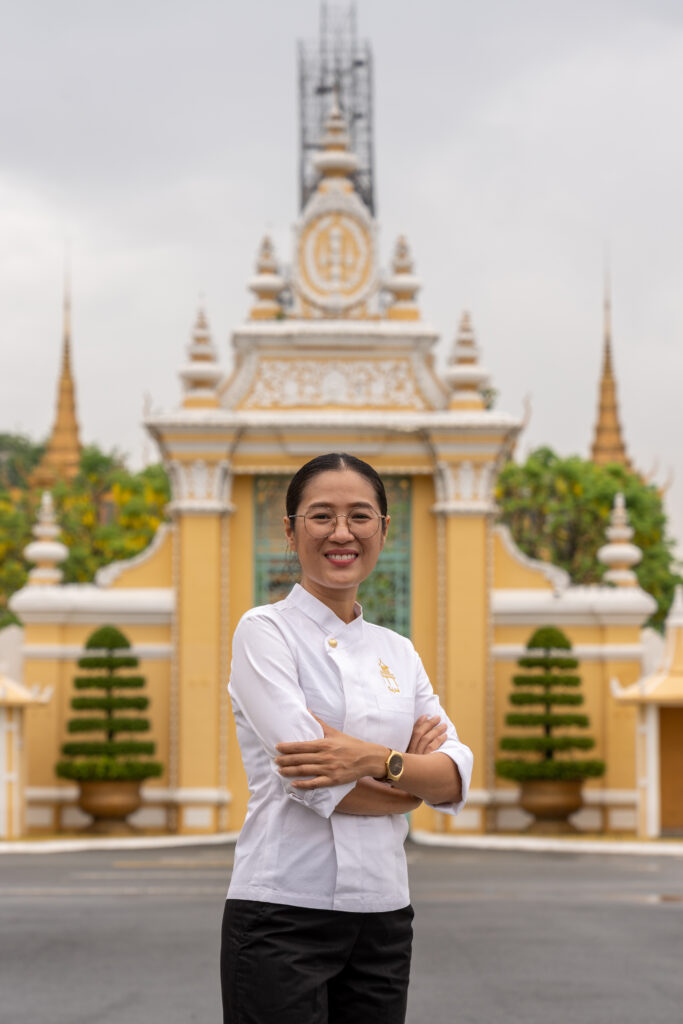
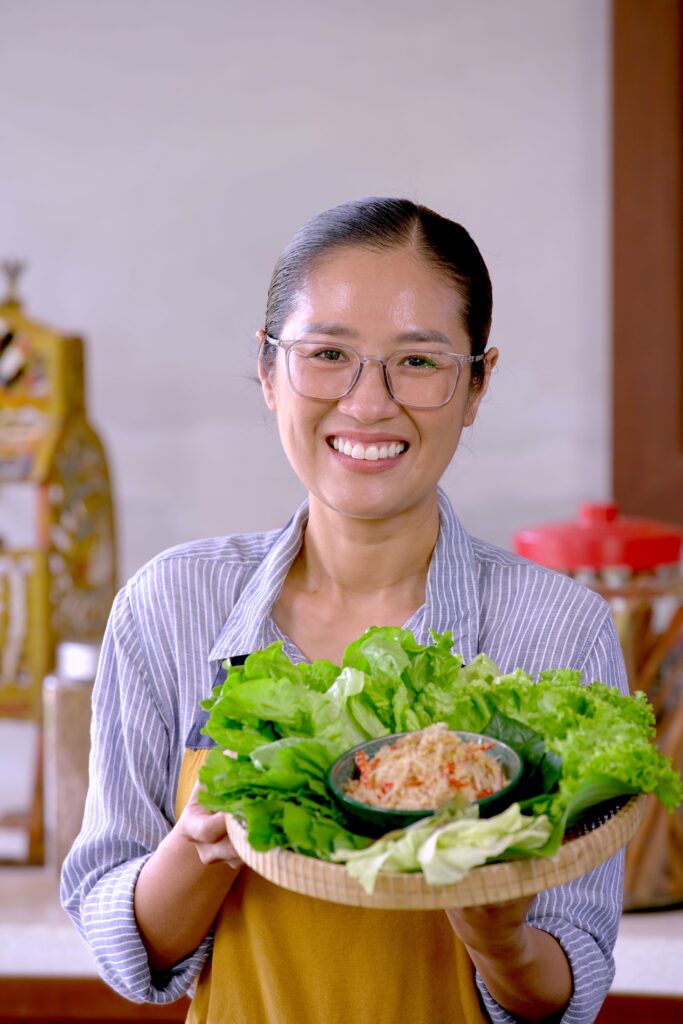
Nak’s cookbooks are just one layer of the multifaceted work she does.
“Our efforts are primarily self-funded, relying on income generated from hosting experiences like home dining, private cooking classes, and homestays at our culinary art center and restaurant consultancy to support our culinary preservation and promotion work,” Nak said.
Saving a nation’s culinary heritage is busy work. Nak travels the country to meet older people who still hold onto the knowledge of older traditional dishes.
“As a result, our capacity to go to meet older people for recipe documentation is restricted to times when we are not working on these income-generating activities. Balancing these activities with our cookbook production adds another layer of complexity,” Nak said.
Nak’s mission has a time limit, as the population of those with the relevant culinary knowledge diminishes every year.
“One of our primary worries is the shrinking number of older people with invaluable culinary talents. We’re racing against time, as these people are aging and we risk losing their knowledge forever. If we don’t act quickly, they will bring their knowledge back with them,” Nak said.
“We hope there will be additional support from non-governmental organizations, as well as the commercial and public sectors, to ensure the preservation of these intangible cultural treasures for future generations.”
Connecting through food
There are many lessons to be learned in the kitchen and at the dining table. Bringing Cambodian cuisine to the international stage has brought chef Nak’s message, which is one of connection and celebration, closer to the world.
“Cambodia has a rich cultural legacy and an extensive history, and its cuisine is diverse, nutritious, and delicious, offering everyone the opportunity to learn, enjoy, and celebrate,” Nak said.
“Although we don’t speak the same language, hosting people sharing stories or cultural events where people from various backgrounds come together to learn and share dishes, ingredients, or stories does help to promote mutual respect while also facilitating dialogue and appreciation of each other’s heritage.
“Food allows people to overcome language barriers and connect on a deeper level, encouraging better understanding and collaboration across cultures.”
Going ahead, chef Nak is stacking even more onto her already busy plate.
“In addition, we are preparing to launch a campaign encouraging nourishing food and healthy habits, with an emphasis on young Cambodians, particularly children in their first 1,000 days, the golden age,” Nak said.
“We are also excited to travel to remote rural regions to capture and share the culinary knowledge of elderly villagers with the rest of the world. In addition, we intend to go to numerous countries to share our experiences and exquisite cuisine with people all over the world.”
Chef Nak’s race against time serves as a beacon of inspiration for Cambodians and foodies alike, as she fosters cultural exchange and appreciation through the universal language of food.

